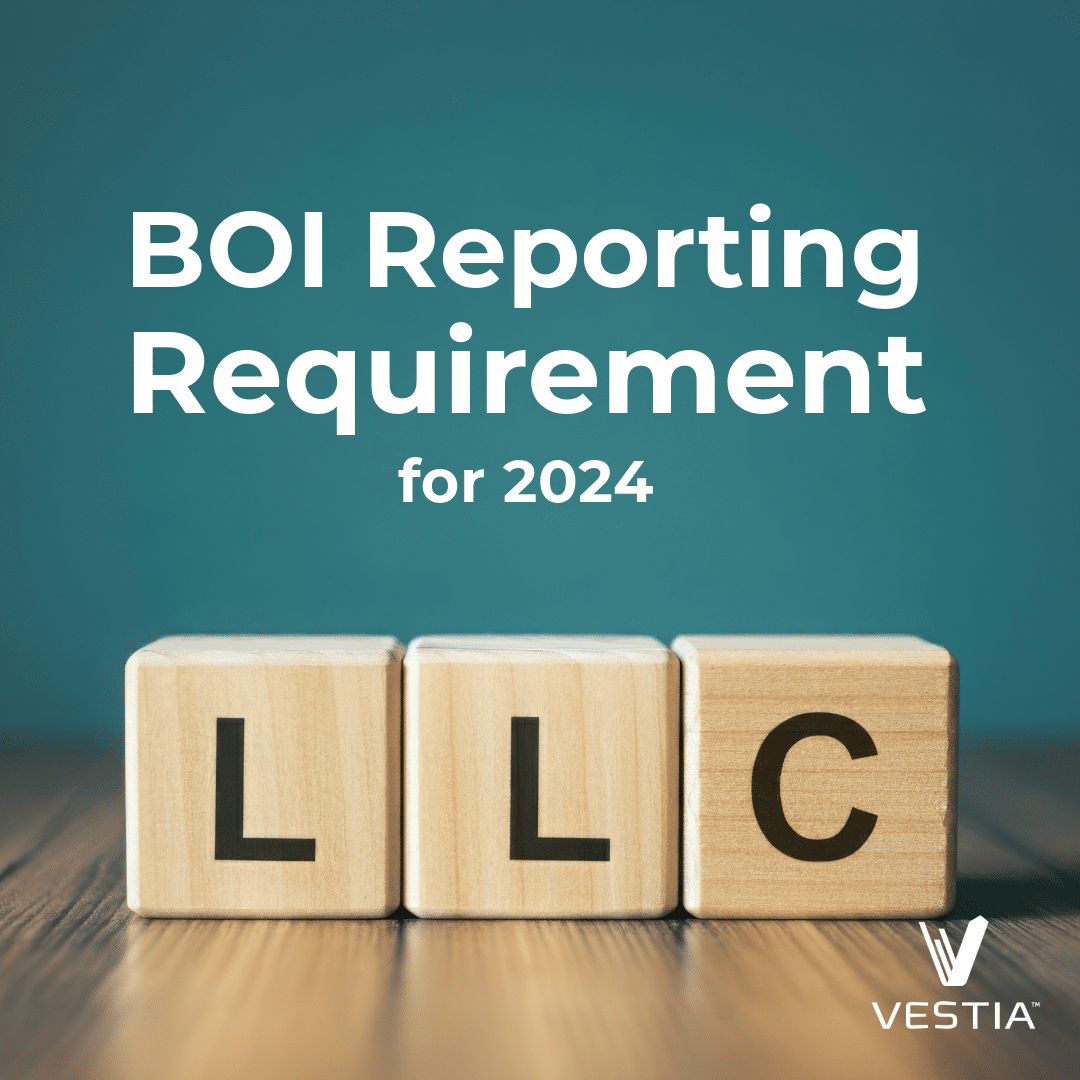Elections bring about a lot of uncertainty, and this one is no different. Right now, the big question for high-income physicians is, how will the election results impact my taxes?
With Joe Biden winning the presidential race, we can likely expect some tax changes over the next couple of years. It’s important to remember that tax changes aren’t made solely by the tenant of the Oval Office—all changes need to be approved by Congress, making the outstanding Senate runoff elections particularly important.
At this point, we do not know what specific tax changes to expect, but there are plenty of tax-conscious moves to capitalize on during our current tax-positive climate.
1. Realize Projected Income Early.
Part of Biden’s tax proposal included raising the ordinary income tax bracket for those making over $400,000 from 37% to 39.6%.
The plan also introduced a provision to apply Social Security payroll tax (12.4%, which is split between employers and employees) to income above $400,000. Currently, the maximum taxable earnings are $137,000, set to increase to $142,800 in 2021. The plan would then tax earnings up to that limit and any earnings above $400,000.
What can you do to take advantage of the current tax rate?
- Move up added income like a bonus or salary increase before the New Year to save on income tax and Social Security tax.
- Evaluate dividend-heavy investments. You might consider rebalancing some income-producing investments for the tax benefits and to diversify your holdings.
There haven’t been discussions about raising other tax brackets, but the Tax Cuts and Jobs Act is set to expire in 2025, meaning that tax brackets could rise to their previous levels as soon as 2026 if another proposal hasn’t been approved.
2. Be Proactive About Your Investment Gains.
Income tax isn’t the only classification set to increase, Biden’s proposal also lays out plans for raising capital gains tax. Under this plan, all dividends and capital gains will be taxed at the ordinary income rate (39.6%) for those making over $1 million.
Presently, the highest long-term capital gains rate sits at 20%, making it critical to examine your investment gains. Let’s look at some tax-smart moves to help balance your portfolio.
- Strategically sell long-term appreciated assets to take advantage of the 20% rate. While strategic selling could be a benefit, don’t sell just to sell. It’s critical to ensure the sale could help further your financial goals. If you were already planning on buying a vacation home in the next couple of years, securing the cash now at the lower tax rate could be right for you, for example. Remember, this tax plan isn’t set in stone. You don’t want to throw a wrench into your investment plan and jeopardize future success.
- Maximize tax-loss harvesting strategies. Tax-loss harvesting is all about balancing your gains and losses. The premise is selling an investment at a loss to offset the tax liability from a gain or ordinary income. Married couples filing jointly can realize capital losses up to $3,000 per year.
3. Evaluate Your Charitable Giving Efforts.
Our philanthropy-inclined physicians need to think about how to optimize their donations over the next couple of years. Biden’s plan outlines a 28% cap on the value of itemized deductions. It also wishes to bring back the Pease limitation, which reduces the value of a deduction by 3% for every dollar of taxable income above $400,000. What does this mean for your charitable efforts?
- Contribute to your DAF in 2020. By contributing before year-end, you would be able to itemize the full deduction.
4. Prioritize Tax-efficient Investing.
Taxes play a significant role in your financial strategy. While a lot of talk centers around selling assets and protecting income against a big tax hike, there is another side to the story: tax-efficient investing.
Vestia prioritizes tax-efficiently to help our clients make the most of their investments. What vehicles constitute as tax-efficient?
- Roth IRA. Roth IRAs are funded with after-tax dollars, meaning that qualified distributions are tax-free. Roth dollars present a lot of flexibility and freedom in retirement, making it a good account to contribute to throughout your career. While many doctors earn too much (more than $140,000 if filing single and $208,000 if filing jointly) to fund a Roth IRA directly, many doctors can utilize non-deductible IRA funding with a Roth IRA conversion (“backdoor Roth”) to accomplish the same end result.
- Roth 401(k). This account functions similarly to a Roth IRA but without the income thresholds. Be sure to prioritize Roth accounts, especially early on in your career.
- HSA. Armed with a triple tax benefit, an HSA is a great long-term savings channel for health-related expenses. Contributions, gains, and qualified distributions are all tax-free, making it one of the most tax-efficient accounts available. To contribute, you must be enrolled in a high deductible health plan.
Consider a Roth Conversion.
A Roth Conversion is a strategy that allows high-income earners to contribute to a Roth IRA. This strategy converts funds from a Traditional IRA or 401(k) into a Roth IRA. While you do have to pay taxes on the conversion, you’ll likely end up saving a lot of money in the long-run. Roth Conversions are good for low-income years (like 2020) and can put you in a stronger tax position in the future. You also aren’t limited to the $6k/year contribution threshold with a Roth Conversion as you would be with a Roth contribution!
5. Call Your Advisor.
Before you initiate any changes to your plan, give us a call. Your advisor will be able to help you create the best strategies for your unique situation. We know the ins and outs of your plan and will be able to collaborate with you to build a solid path forward.
Ready to talk about your tax strategy as we move into the new year? Schedule a call with our team today.
Investment advisory services offered through Vestia Personal Wealth Advisors, Vestia Retirement Plan Consultants, and Vestia Advisors, LLC. Securities offered through Ausdal Financial Partners, Inc., 5187 Utica Ridge Rd, Davenport, IA. 52807 (563)326-2064. Member FINRA/SIPC. Vestia Personal Wealth Advisors, Vestia Retirement Plan Consultants, Vestia Advisors, LLC, and Ausdal Financial Partners, Inc. are independently owned and operated.
This material is intended for informational purposes only. It should not be construed as legal or tax advice and is not intended to replace the advice of a qualified attorney or tax advisor. This information is not an offer or a solicitation to buy or sell securities. The information contained may have been compiled from third-party sources and is believed to be reliable.



